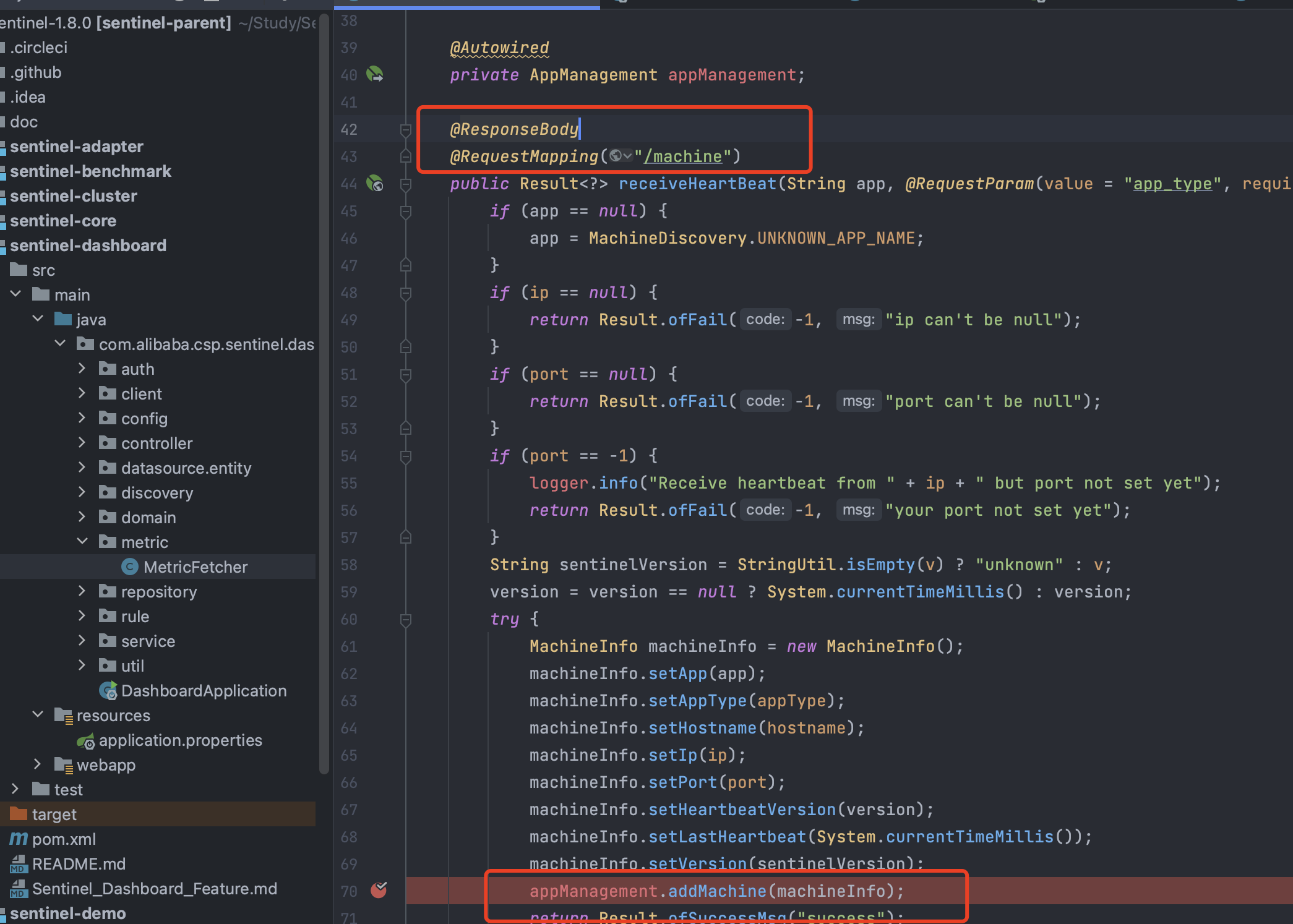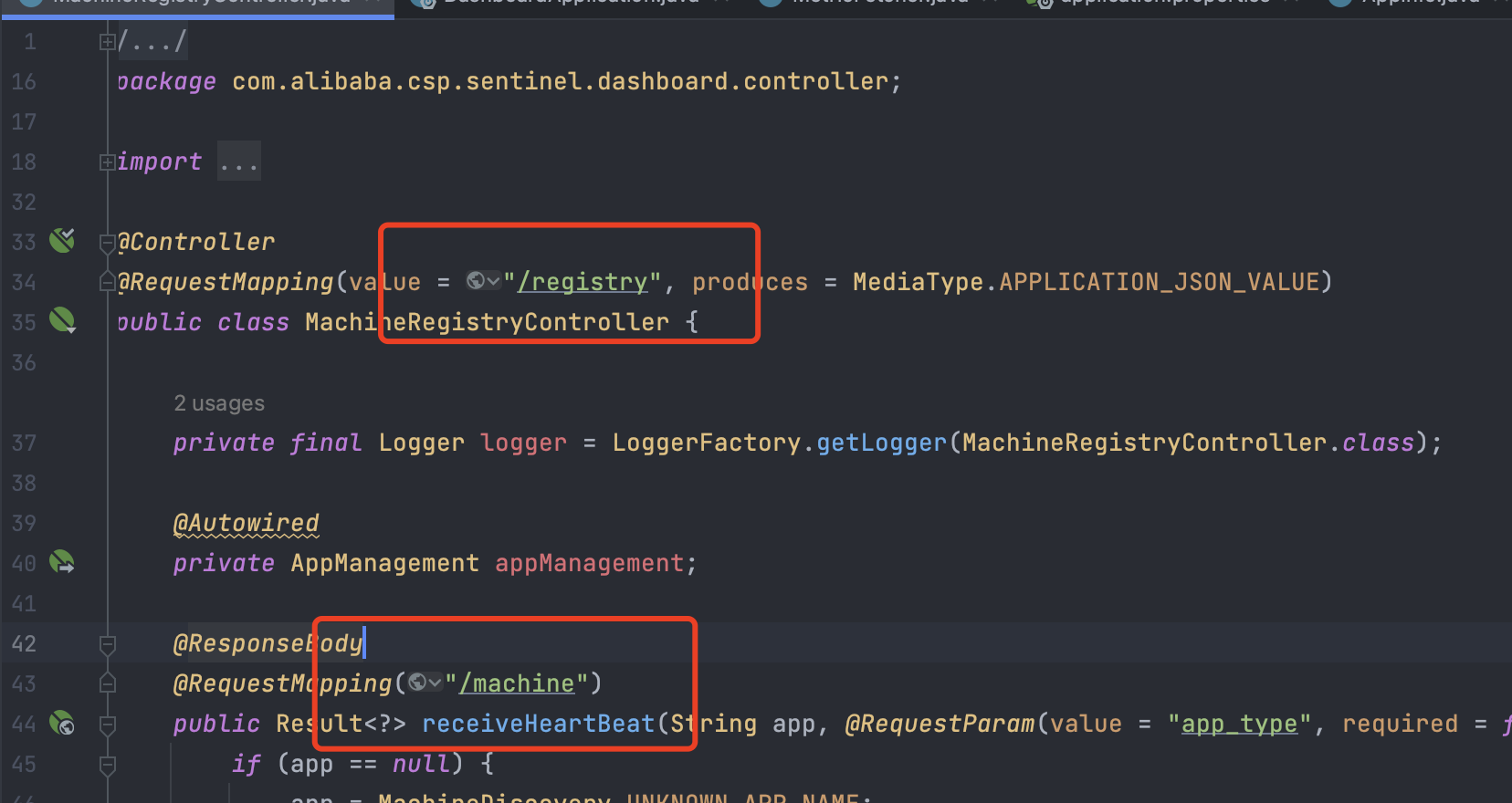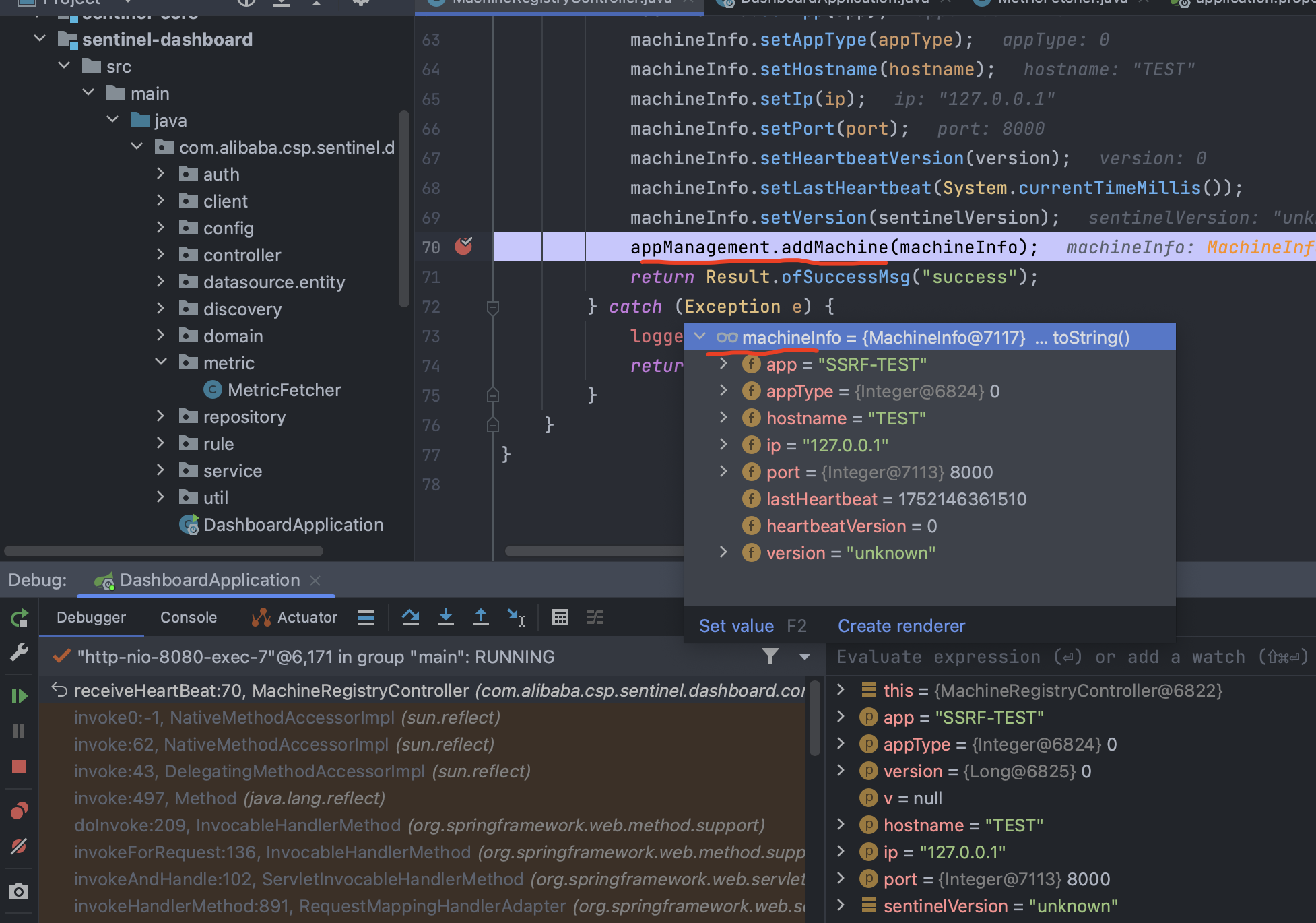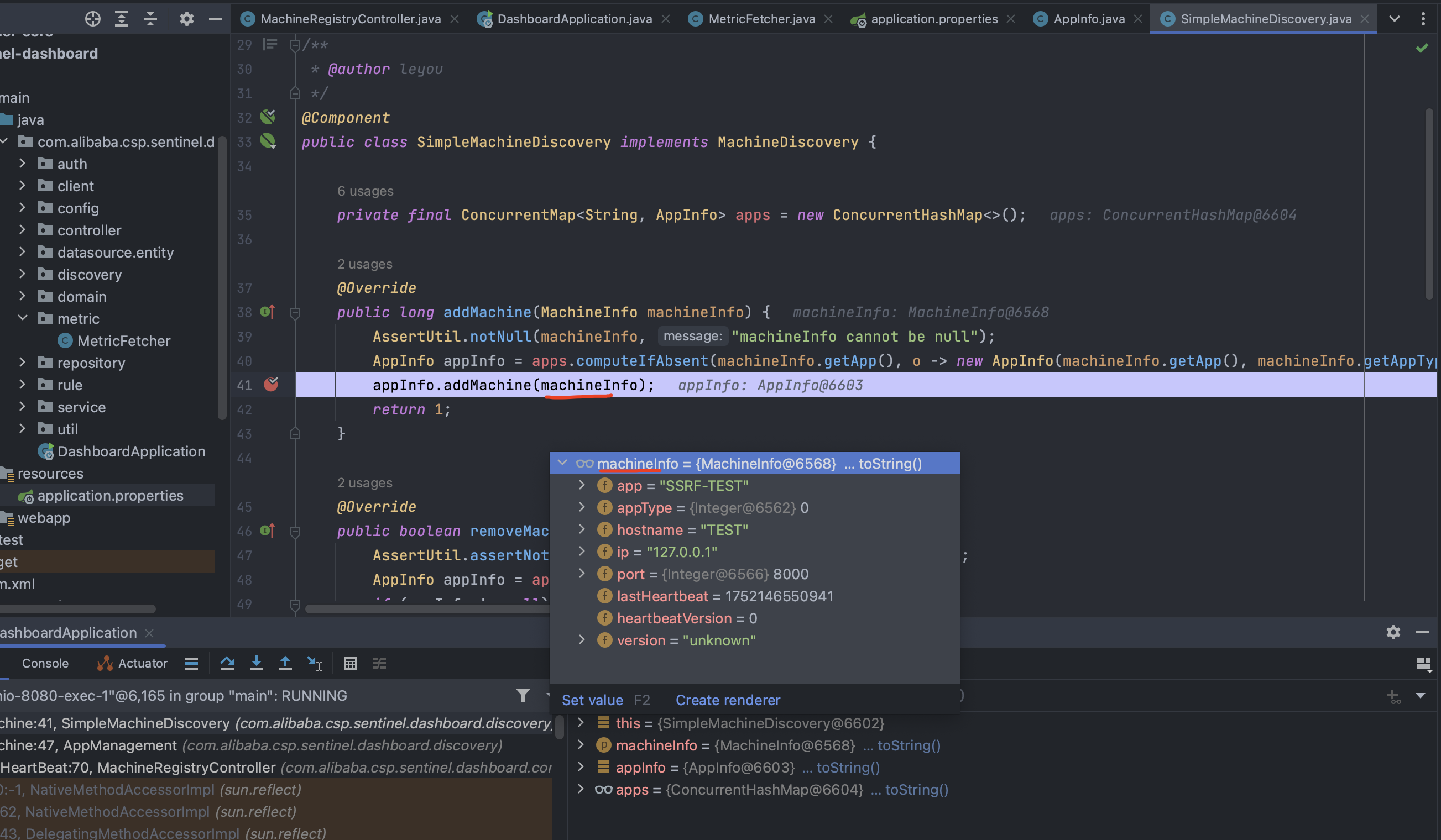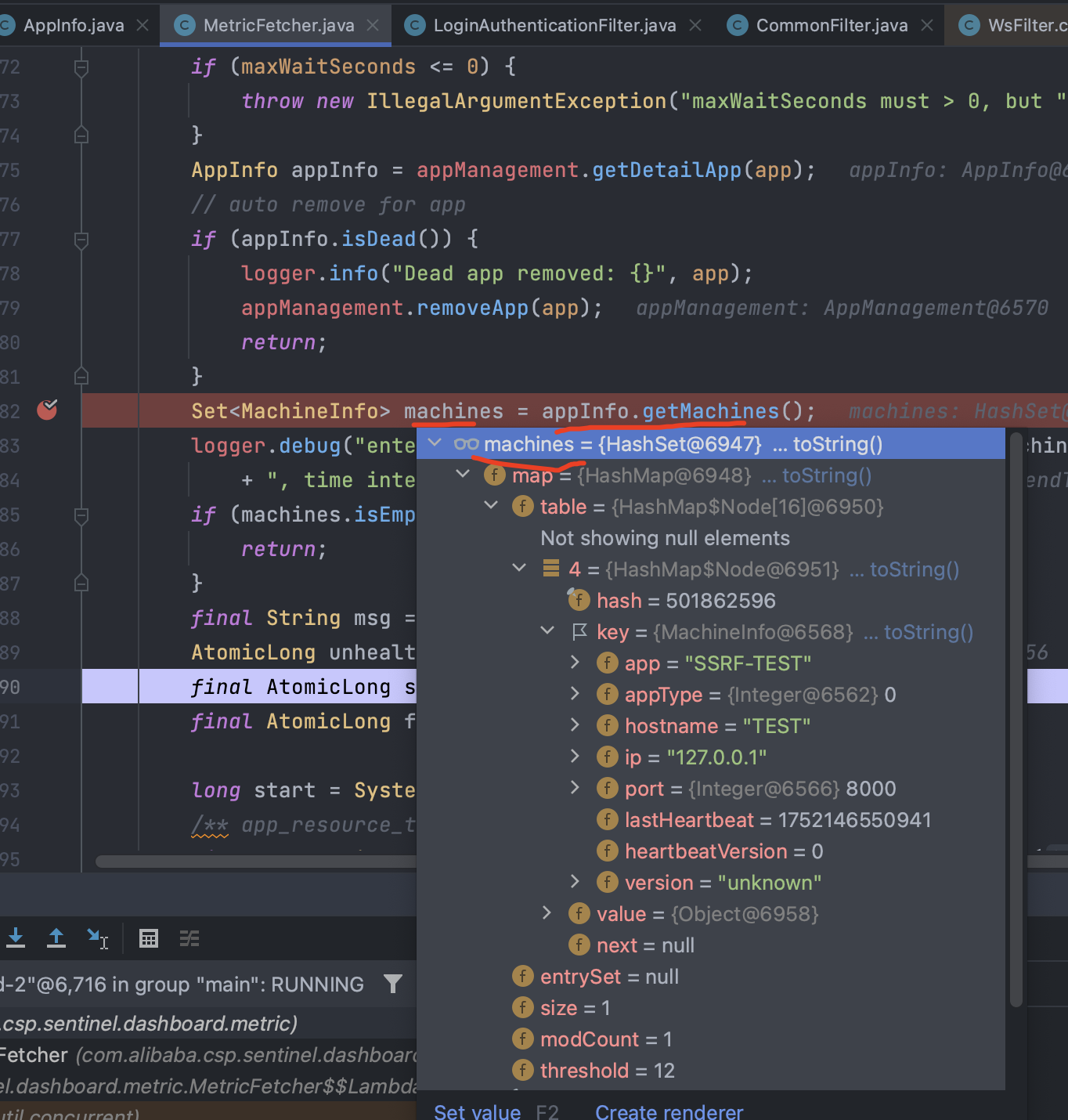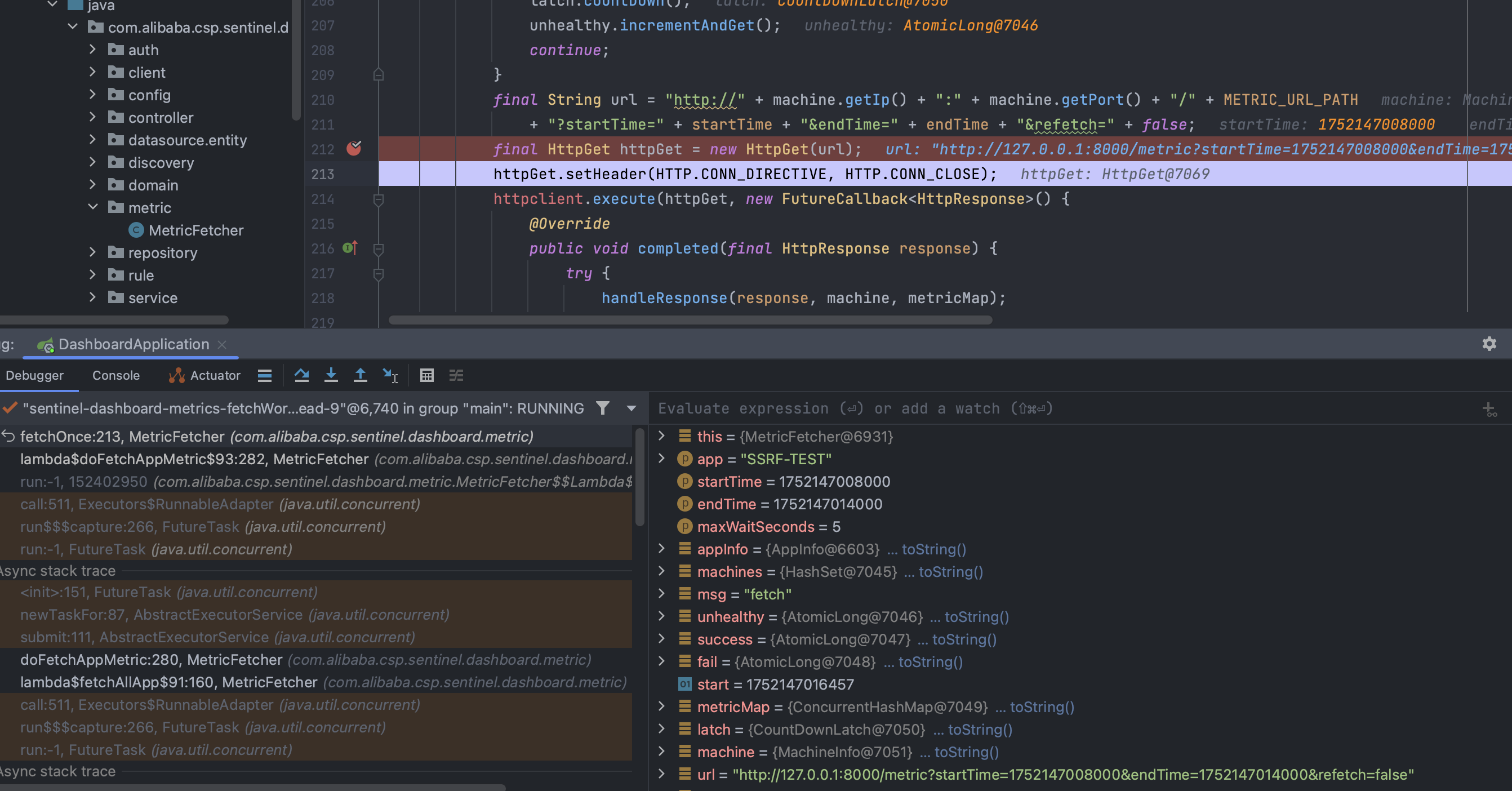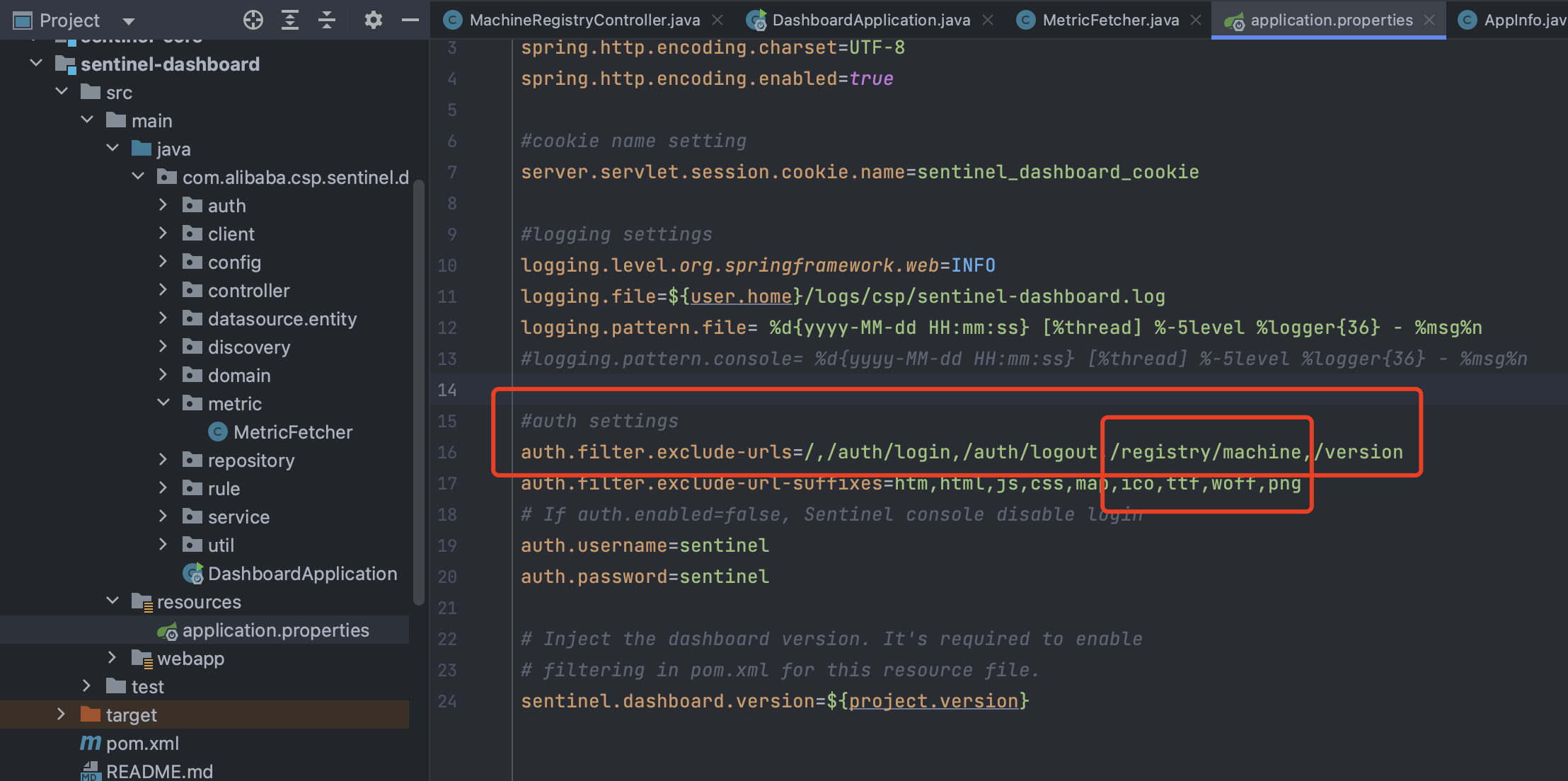自己的学习笔记记录
简介
Sentinel 是面向分布式、多语言异构化服务架构的流量治理组件,主要以流量为切入点,从流量路由、流量控制、流量整形、熔断降级、系统自适应过载保护、热点流量防护等多个维度来帮助开发者保障微服务的稳定性。
Alibaba Sentinel 官方文档:https://sentinelguard.io/zh-cn/docs/introduction.html
环境部署
这里选用1.8.0版本,下载链接:https://github.com/alibaba/Sentinel/releases/tag/v1.8.0
下载后使用IDEA加载,记得修改maven路径,自动加载即可
启动项目:


漏洞分析
参考: https://github.com/alibaba/Sentinel/issues/2451
从threedr3am师傅这里( https://github.com/alibaba/Sentinel/issues/2451)可以看到漏洞位置
根据师傅所说漏洞点位置漏洞点在com.alibaba.csp.sentinel.dashboard.metric.MetricFetcher#fetchOnce,去看代码分析:
去搜索找到对应位置:

1
2
3
4
5
6
7
8
9
10
11
12
13
14
15
16
17
18
19
20
21
22
23
24
25
26
27
28
29
30
31
32
33
34
35
36
37
38
39
40
41
42
43
44
45
46
47
48
49
50
51
52
53
54
55
56
57
58
59
60
61
62
63
64
65
66
67
68
69
70
71
72
73
74
75
76
77
78
79
80
81
82
83
84
85
86
87
88
89
90
91
92
|
/**
* fetch metric between [startTime, endTime], both side inclusive
*/
private void fetchOnce(String app, long startTime, long endTime, int maxWaitSeconds) {
if (maxWaitSeconds <= 0) {
throw new IllegalArgumentException("maxWaitSeconds must > 0, but " + maxWaitSeconds);
}
AppInfo appInfo = appManagement.getDetailApp(app);
// auto remove for app
if (appInfo.isDead()) {
logger.info("Dead app removed: {}", app);
appManagement.removeApp(app);
return;
}
Set<MachineInfo> machines = appInfo.getMachines();
logger.debug("enter fetchOnce(" + app + "), machines.size()=" + machines.size()
+ ", time intervalMs [" + startTime + ", " + endTime + "]");
if (machines.isEmpty()) {
return;
}
final String msg = "fetch";
AtomicLong unhealthy = new AtomicLong();
final AtomicLong success = new AtomicLong();
final AtomicLong fail = new AtomicLong();
long start = System.currentTimeMillis();
/** app_resource_timeSecond -> metric */
final Map<String, MetricEntity> metricMap = new ConcurrentHashMap<>(16);
final CountDownLatch latch = new CountDownLatch(machines.size());
for (final MachineInfo machine : machines) {
// auto remove
if (machine.isDead()) {
latch.countDown();
appManagement.getDetailApp(app).removeMachine(machine.getIp(), machine.getPort());
logger.info("Dead machine removed: {}:{} of {}", machine.getIp(), machine.getPort(), app);
continue;
}
if (!machine.isHealthy()) {
latch.countDown();
unhealthy.incrementAndGet();
continue;
}
final String url = "http://" + machine.getIp() + ":" + machine.getPort() + "/" + METRIC_URL_PATH
+ "?startTime=" + startTime + "&endTime=" + endTime + "&refetch=" + false;
final HttpGet httpGet = new HttpGet(url);
httpGet.setHeader(HTTP.CONN_DIRECTIVE, HTTP.CONN_CLOSE);
httpclient.execute(httpGet, new FutureCallback<HttpResponse>() {
@Override
public void completed(final HttpResponse response) {
try {
handleResponse(response, machine, metricMap);
success.incrementAndGet();
} catch (Exception e) {
logger.error(msg + " metric " + url + " error:", e);
} finally {
latch.countDown();
}
}
@Override
public void failed(final Exception ex) {
latch.countDown();
fail.incrementAndGet();
httpGet.abort();
if (ex instanceof SocketTimeoutException) {
logger.error("Failed to fetch metric from <{}>: socket timeout", url);
} else if (ex instanceof ConnectException) {
logger.error("Failed to fetch metric from <{}> (ConnectionException: {})", url, ex.getMessage());
} else {
logger.error(msg + " metric " + url + " error", ex);
}
}
@Override
public void cancelled() {
latch.countDown();
fail.incrementAndGet();
httpGet.abort();
}
});
}
try {
latch.await(maxWaitSeconds, TimeUnit.SECONDS);
} catch (Exception e) {
logger.info(msg + " metric, wait http client error:", e);
}
long cost = System.currentTimeMillis() - start;
//logger.info("finished " + msg + " metric for " + app + ", time intervalMs [" + startTime + ", " + endTime
// + "], total machines=" + machines.size() + ", dead=" + dead + ", fetch success="
// + success + ", fetch fail=" + fail + ", time cost=" + cost + " ms");
writeMetric(metricMap);
}
|
可以看到这里直接调用进行了http请求,而且没有进行任何过滤:

看一下是哪里调用了fetchOne,是doFetchAppMetric:

继续查看doFetchAppMetric被谁调用:是fetchAllApp

继续上翻:
可以看到在start方法中设置了一个定时任务,每隔10秒去触发一下

那start方法在哪调用的呢?
哦在构造器中,初始化的时候就调用了:

找到这里了,这部分找完了
是通过定时任务的方式去触发的
接下来回到最初的漏洞点,向上追踪一下参数的传递过程:
可以看到参数url是S machine.getIp() 和 machine.getPort() 获取了 IP 地址和端口号等,而 machine又是从 machines中遍历得到的,mechines又是从appInfo.getMachines得到的:

接着进入 appInfo.getMachines(); 方法
在这段代码中 getMachines 中 return 了 machines。而变量 machines 使用了 ConcurrentHashMap.newKeySet() 方法创建了一个线程安全的 Set集合

machines集合的内容是通过 addMachine 方法添加的:

继续追踪 addMachine 方法:
可以看到SimpleMachineDiscovery 类中调用了 addMachine 方法:

继续去找是谁调用了这个addMachine方法:

 查看调用关系发现,可以看到addMachine在MachineRegistryController和AppManagement中都被调用,但其实MachineRegistryController中也是调用的AppManagement中addMachine,并且Controller一般也会存在用户接口,所以直接来看MachineRegistryController:
查看调用关系发现,可以看到addMachine在MachineRegistryController和AppManagement中都被调用,但其实MachineRegistryController中也是调用的AppManagement中addMachine,并且Controller一般也会存在用户接口,所以直接来看MachineRegistryController:
可以看到该方法中调用了addMachine,方法接收的参数为Integer appType, Long version, String v, String hostname, String ip, Integer por,接收到参数后,讲这些参数设置为 machineInfo 的属性,最后调用appManagement.addMachine(machineInfo);方法添加注册机器的信息:

看到接口的路径为:/registry/machine

至此找到了
总结下大致流程就是:参数从 MachineRegistryController传进来,其中涉及 IP 和 port,通过 appManagement.addMachine(machineInfo); 方法添加机器信息,最
终在 MetricFetcher 中使用了 start() 方法定时执行任务,其中有个任务是调用 fetchOnce方法执行HTTP GET 请求。
漏洞验证
根据参数构造请求:http://127.0.0.1:8080/registry/machine?app=SSRF-TEST&appType=0&version=0&hostname=TEST&ip=127.0.0.1&port=8000
本地服务收到数据,存在SSRF:

看一下过程:




那为什么是未授权的呢?
可以看到刚好不需要认证:

另一个SSRF
漏洞点在接口state_single
https://xz.aliyun.com/news/18017
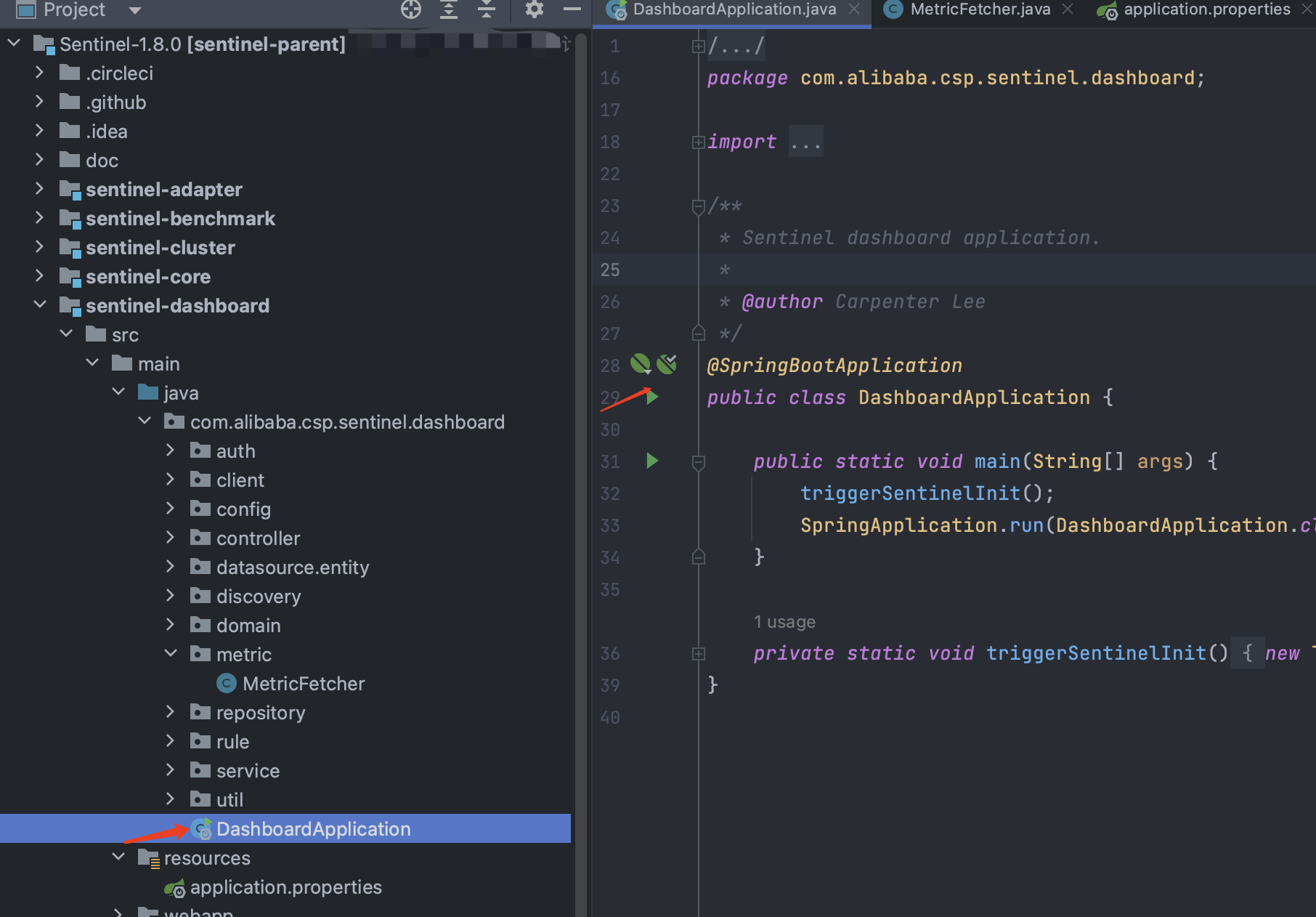
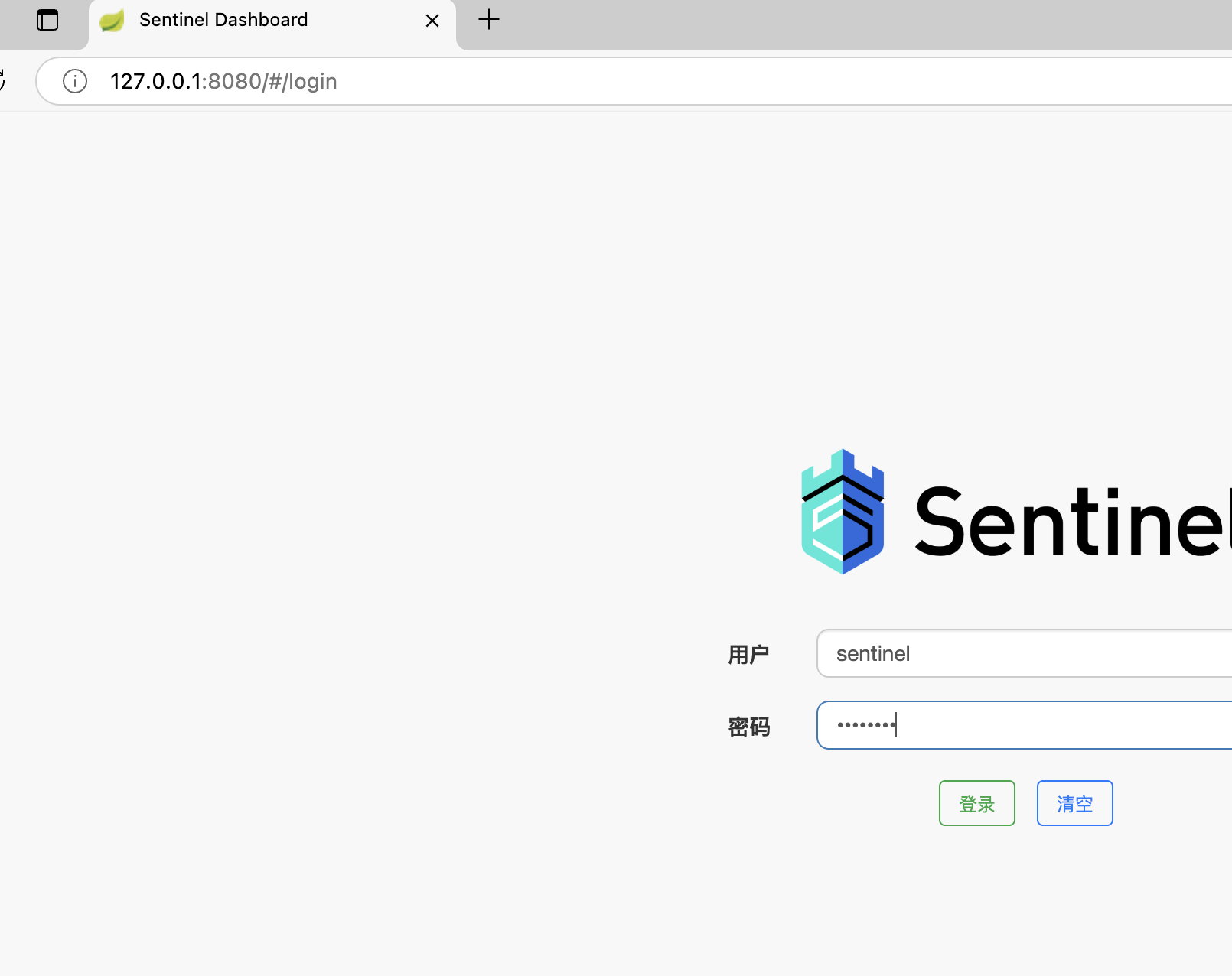
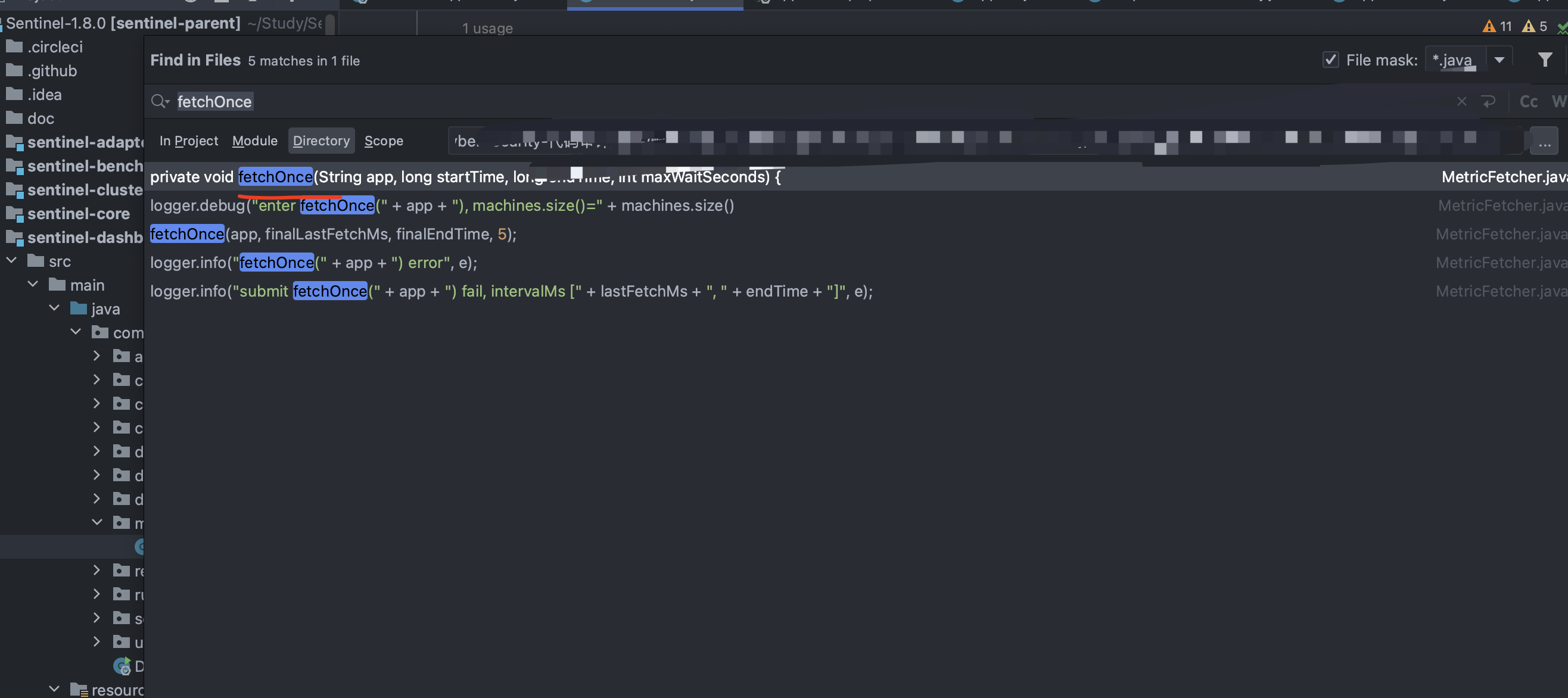
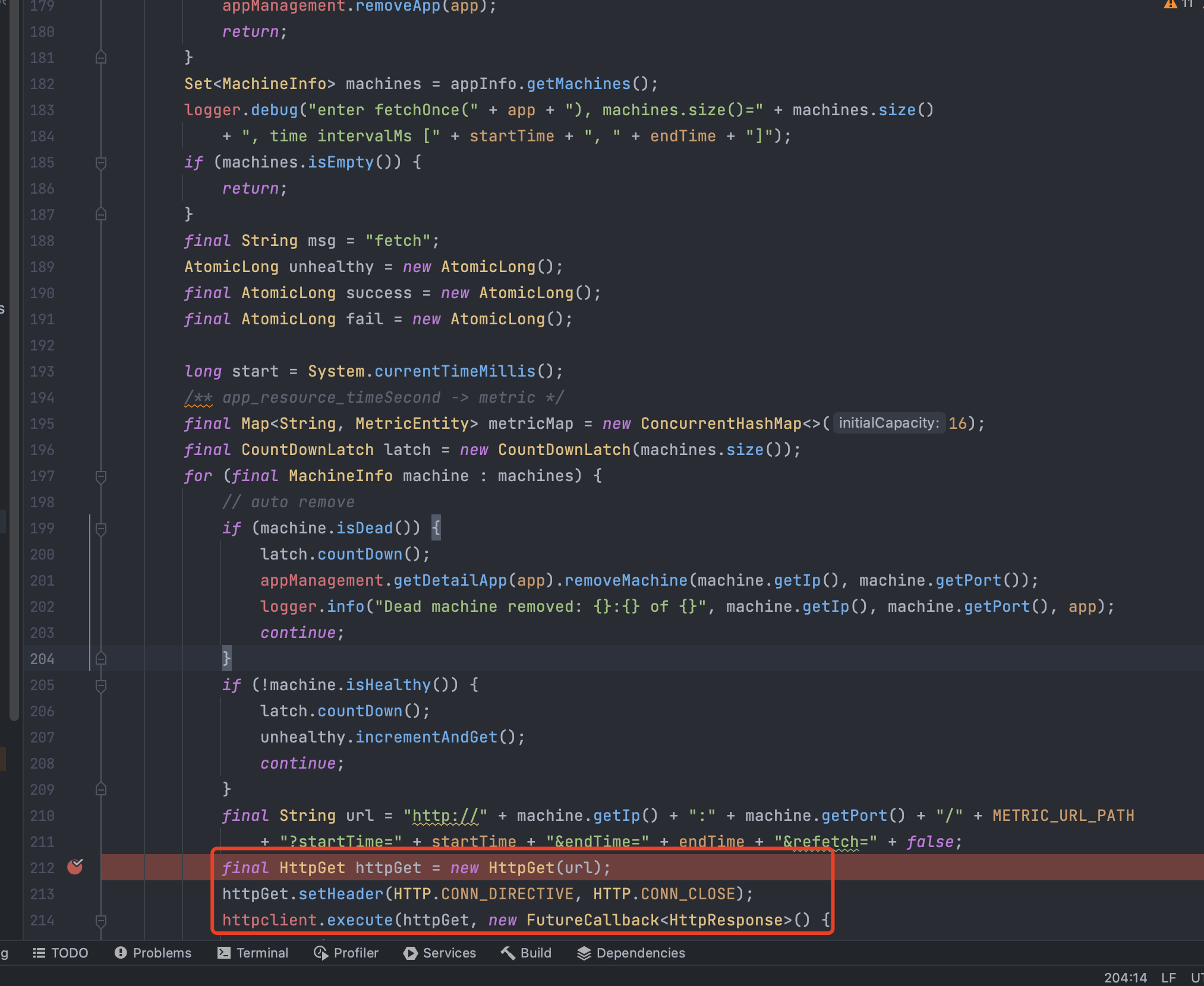
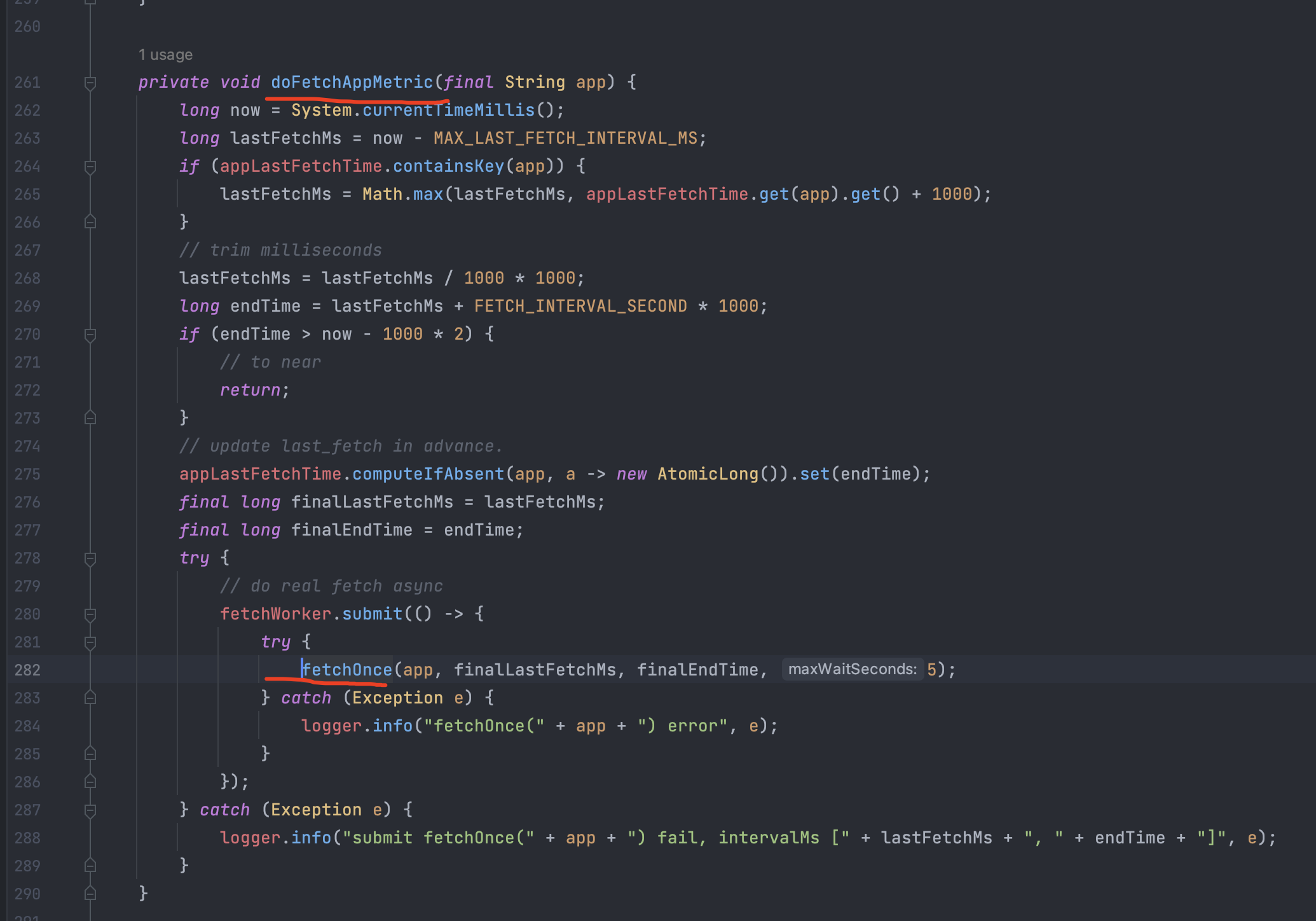
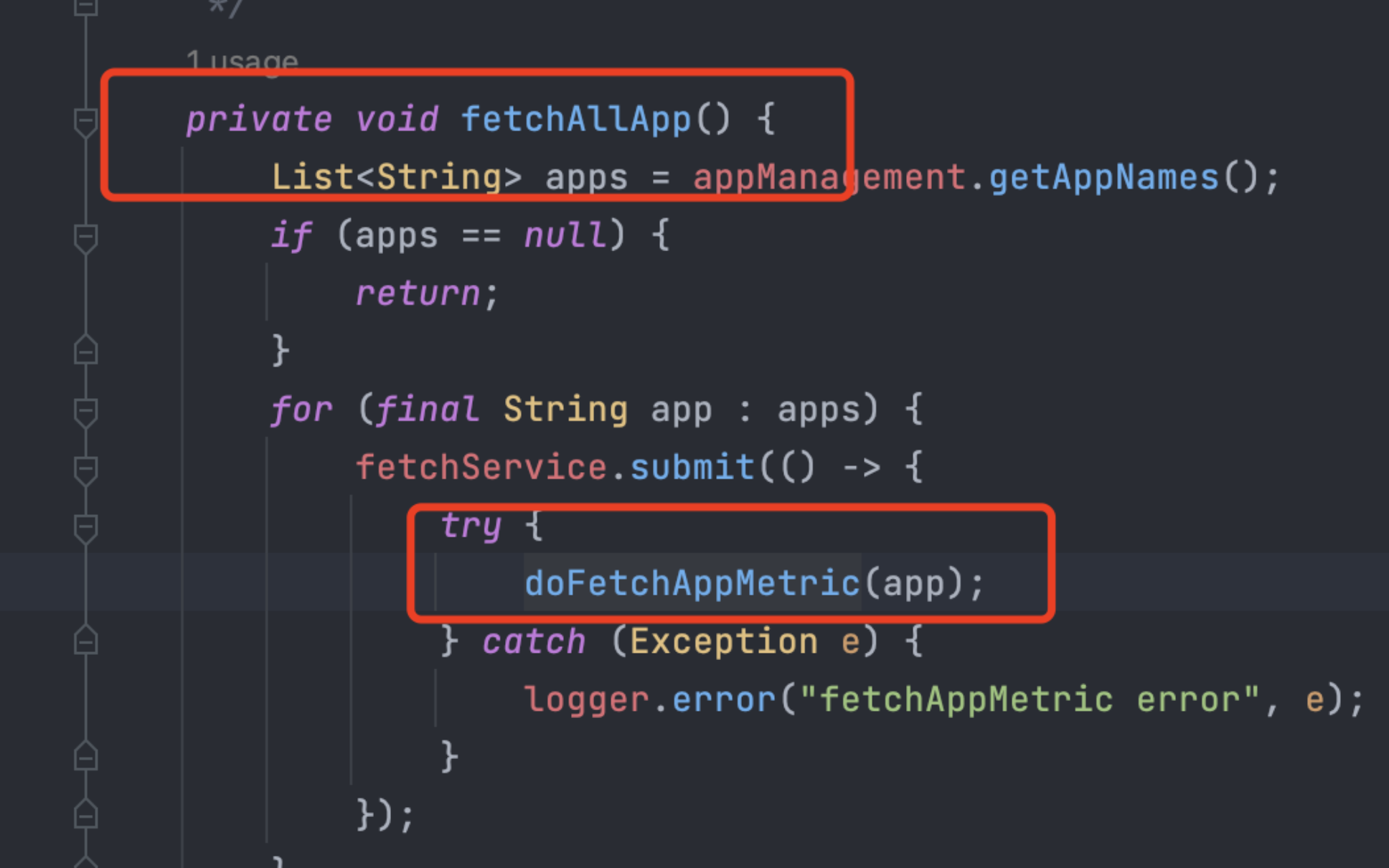
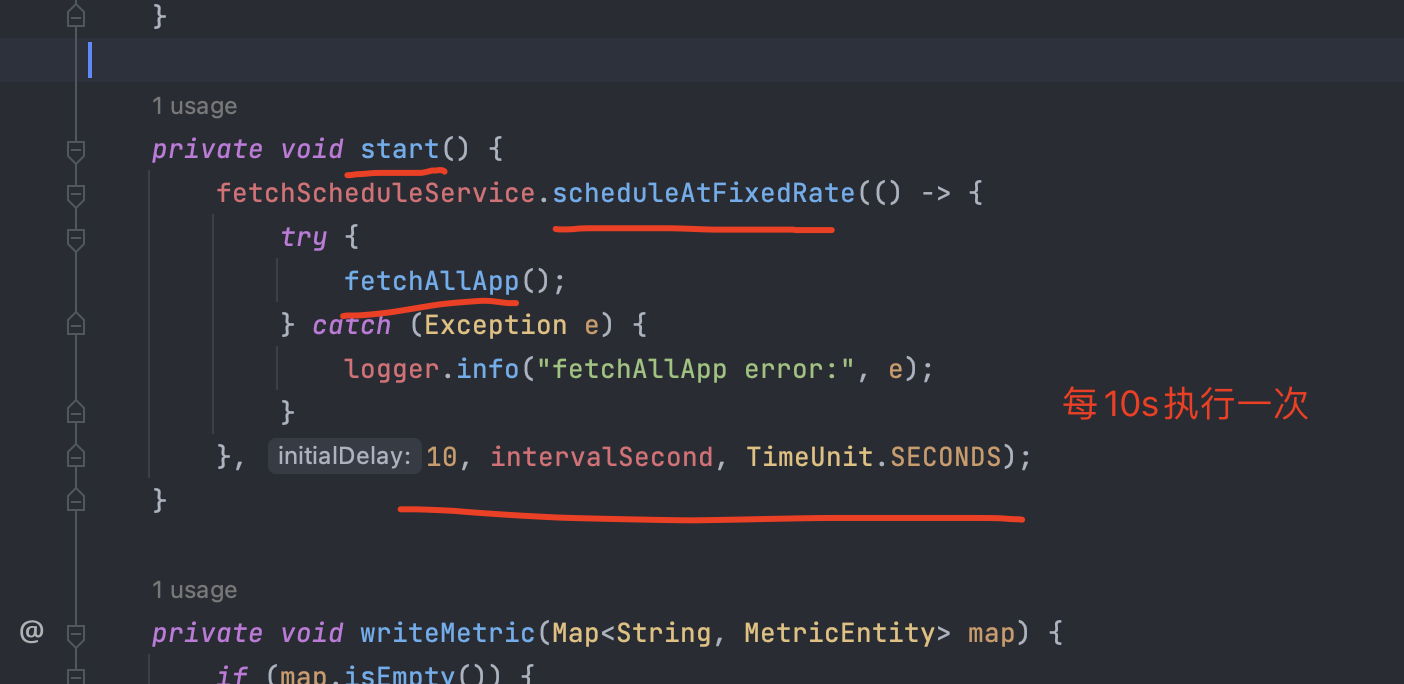
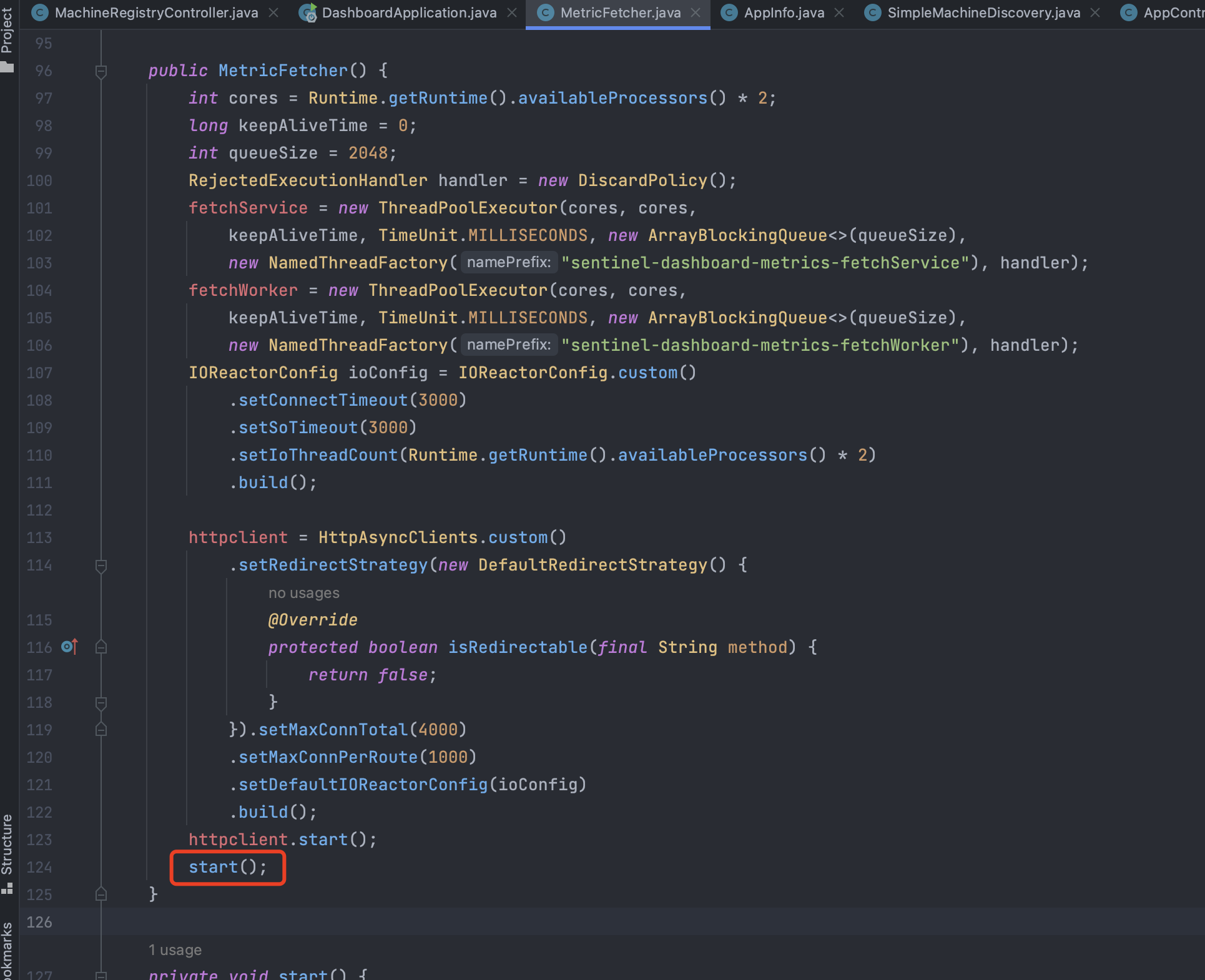
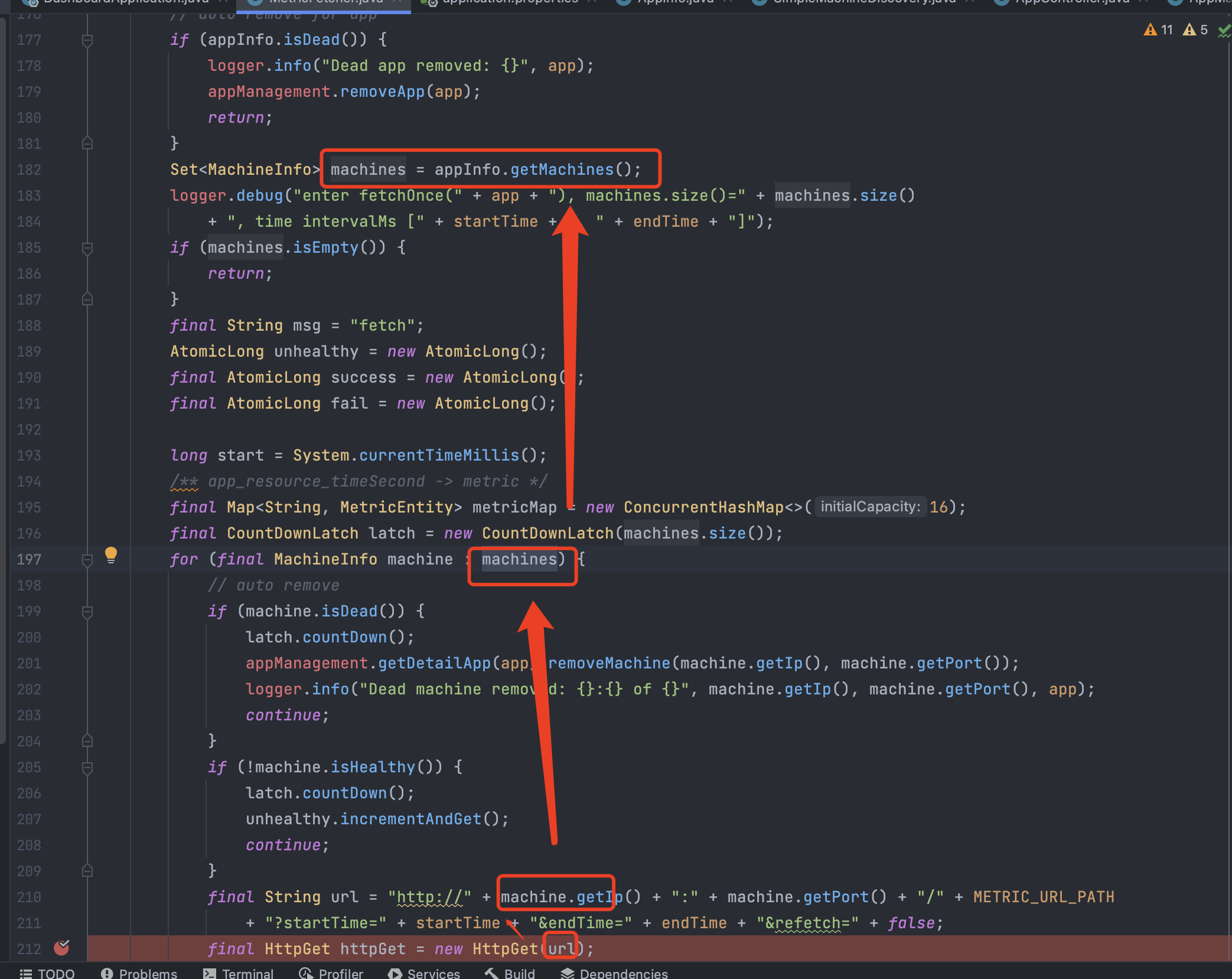
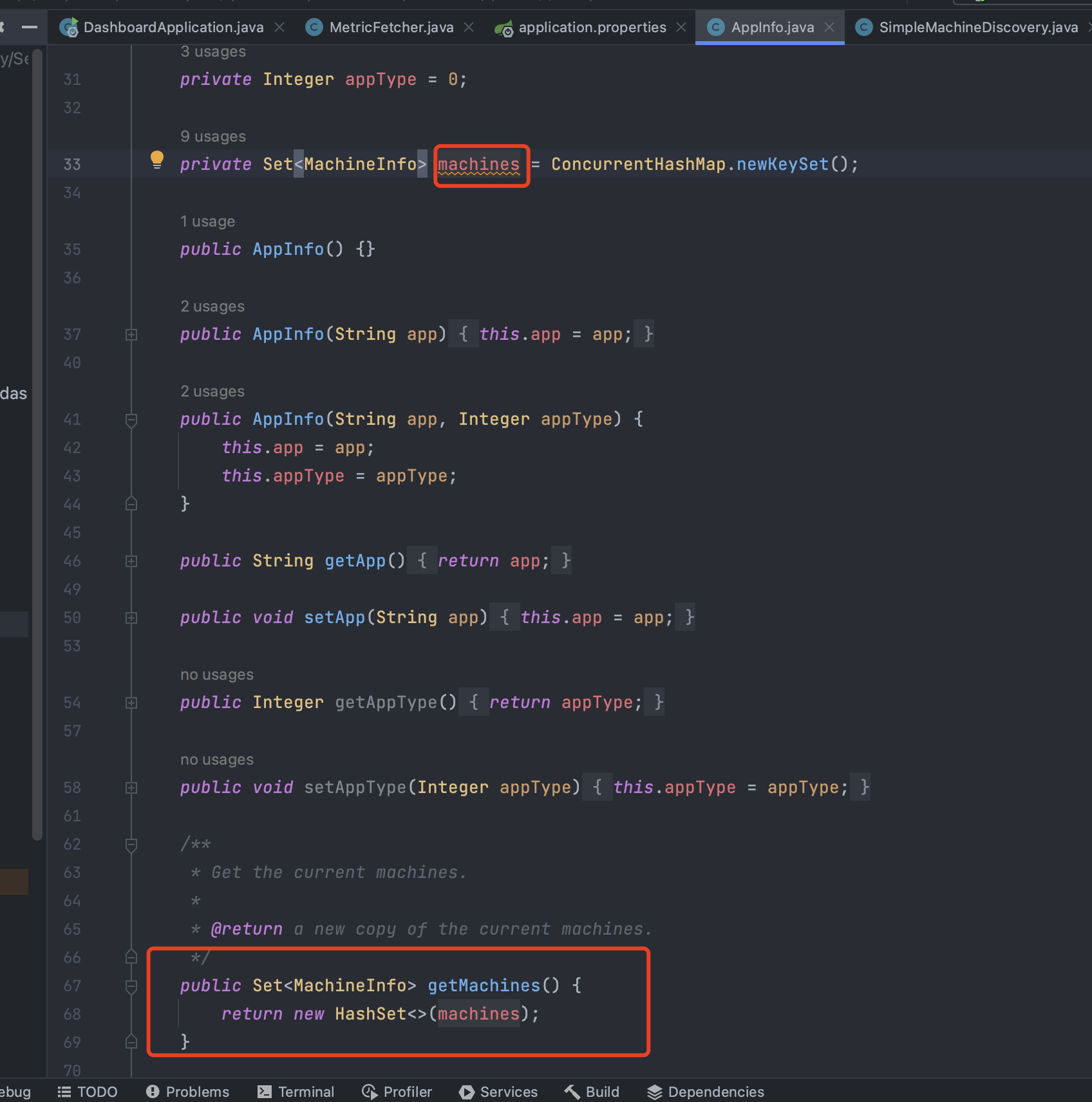
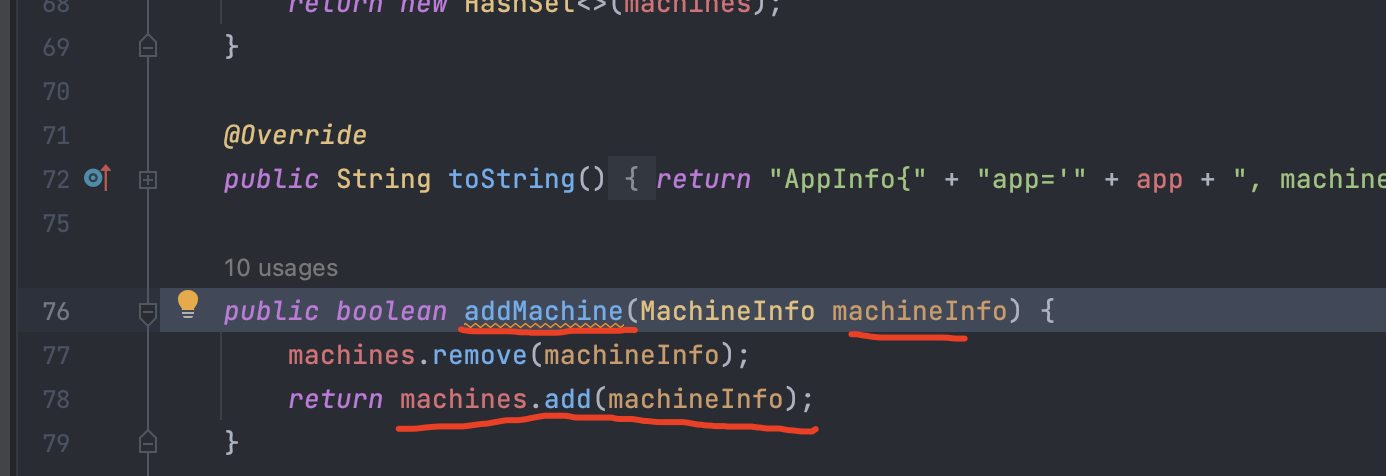
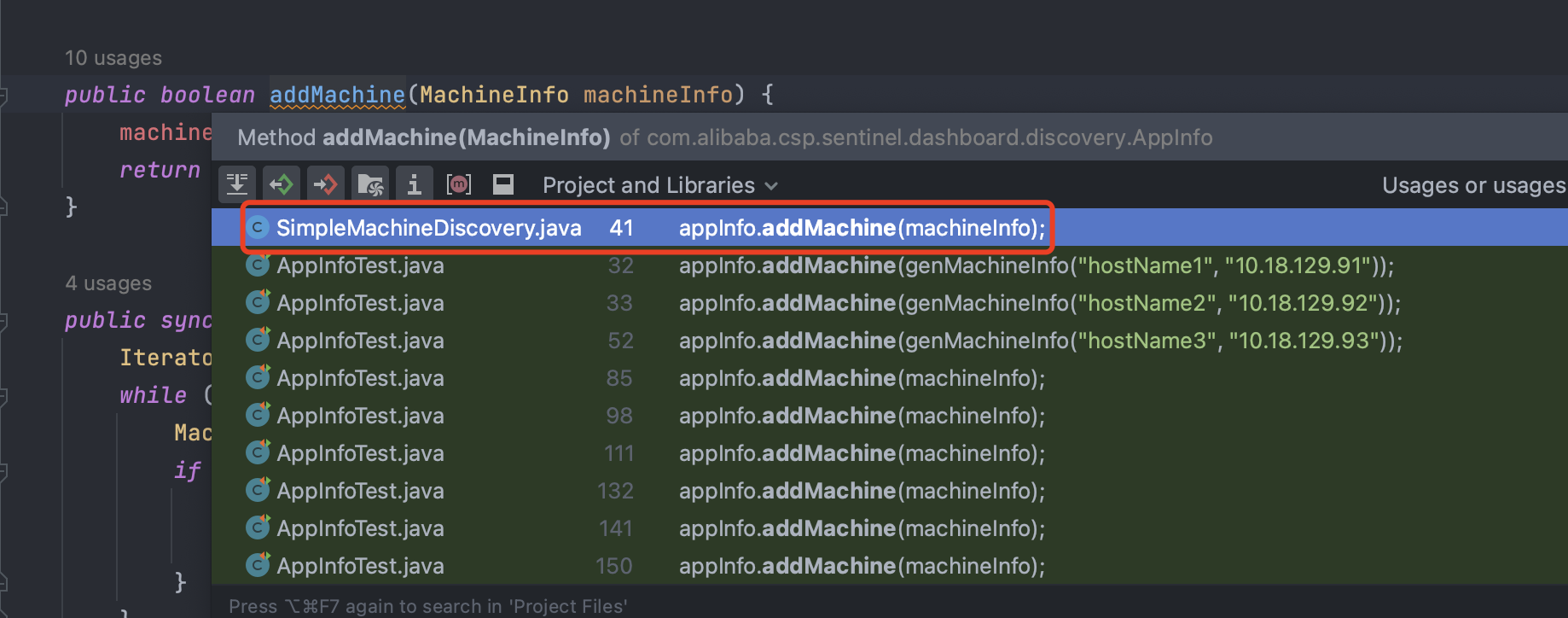

 查看调用关系发现,可以看到addMachine在MachineRegistryController和AppManagement中都被调用,但其实MachineRegistryController中也是调用的AppManagement中addMachine,并且Controller一般也会存在用户接口,所以直接来看MachineRegistryController:
查看调用关系发现,可以看到addMachine在MachineRegistryController和AppManagement中都被调用,但其实MachineRegistryController中也是调用的AppManagement中addMachine,并且Controller一般也会存在用户接口,所以直接来看MachineRegistryController: